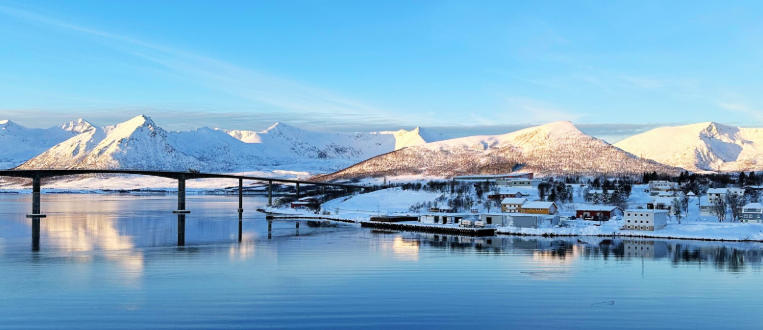How Norway’s Coastline Changes Over Time
Norway’s coastline is not just a beautiful feature of the country’s geography; it reflects the dynamic interaction between natural forces and human activity. As we explore how this coastline evolves, we gain insights into climate change, geological processes, and the cultural significance of these changes. Understanding these aspects will help us appreciate the delicate balance that shapes Norway’s stunning landscapes.
The Effects of Erosion and Sedimentation
One of the primary factors influencing Norway’s coastline is the natural processes of erosion and sedimentation. Over time, waves and currents continually shape the coastline, eroding cliffs and depositing sediment in various areas. This natural cycle can lead to changes in beach size, the formation of new landforms like deltas, and even the disappearance of small islets. Understanding this process is vital, as it affects local ecosystems and human development along the coast.
Impact of Climate Change
Climate change is another critical factor affecting Norway’s coastline. Rising sea levels threaten low-lying areas, while increasing temperatures lead to more frequent and severe storms, which can accelerate coastal erosion. These changes not only impact the landscape but also the communities living close to the shore. Local governments and organizations are working to adapt and mitigate the risks associated with climate change, ensuring that both the environment and the people who depend on it are protected.
Human Activity and Development
Human activity has significantly influenced the Norwegian coastline. The establishment of ports, fishing industries, and tourism infrastructure has led to both positive and negative changes. While development can boost local economies, it also risks disrupting natural habitats and processes. Sustainable development practices are crucial for maintaining the integrity of the coastline while promoting economic growth. By adopting eco-friendly policies, Norway aims to find a balance that protects its unique environment for future generations.
In conclusion, the ever-changing coastline of Norway is a fascinating subject filled with layers of complexity. From the natural forces of erosion and sedimentation to the impacts of climate change and human intervention, each factor contributes to the stunning coastal landscape we see today. To deepen your understanding, consider exploring local initiatives focused on preserving these vital ecosystems or getting involved in conservation efforts. Norway’s coastline is not just a natural wonder; it is a part of our shared responsibility to protect it.

